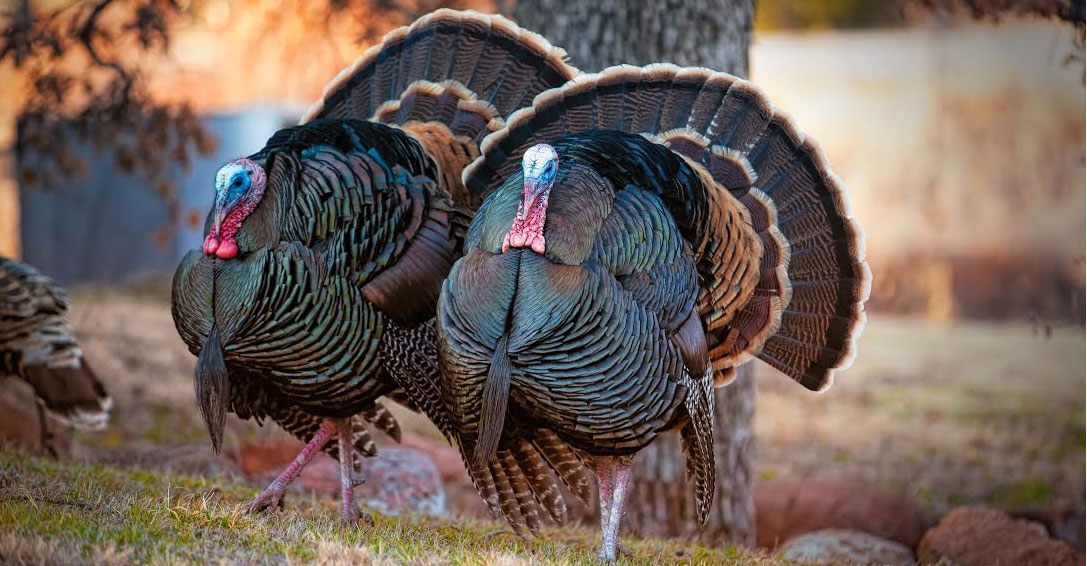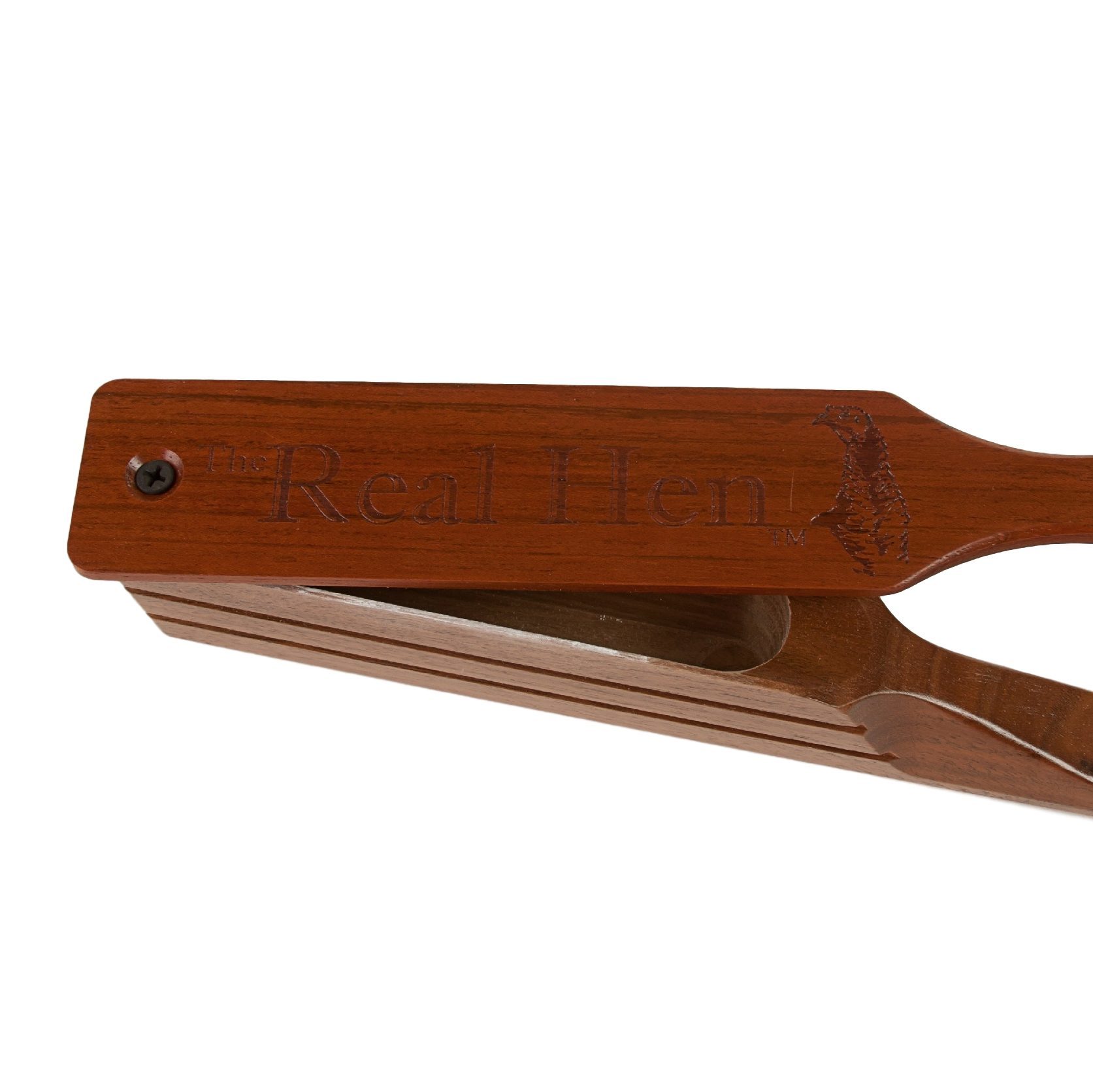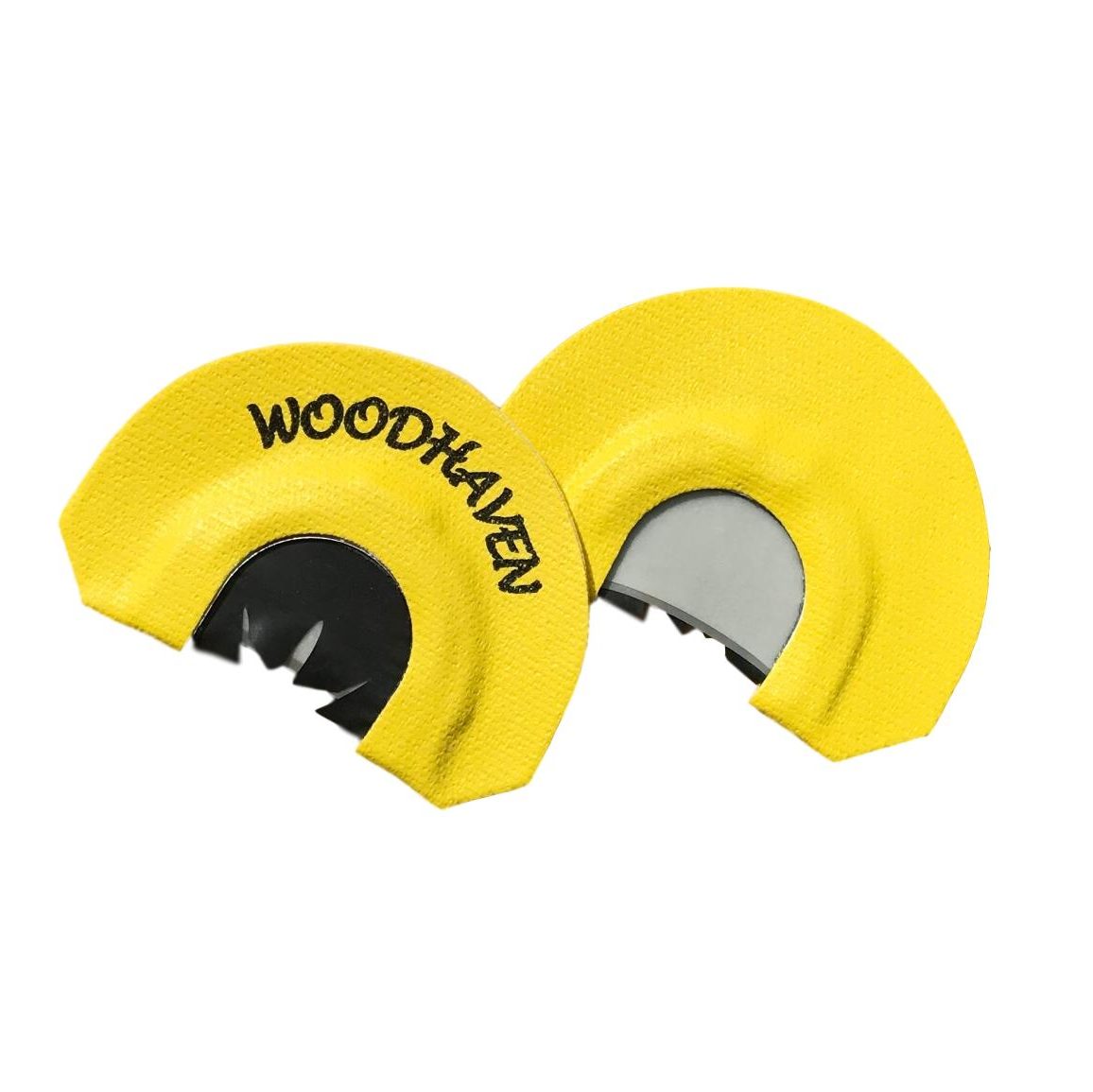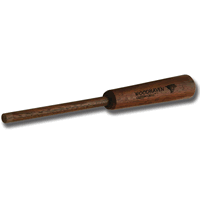
One of the most thrilling experiences for any hunter is setting up on a turkey in the tree where it roosted the night before. Plans for guaranteed success are plotted with much anticipation as hunters try to fool an ol’ longbeard into range at first light..
There is no doubt that one of the big questions a turkey hunter contemplates when pursuing a roosted longbeard is how close they should set up at daylight. After years of hunting spring birds, all we can tell you is there is no exact answer. No two setups are exactly the same, but here are a few things to consider when setting up on roosted gobbler this spring.
5 Tips for Hunting Roosted Turkeys
- How thick is the foliage where the turkey is roosted?
Leaf cover plays a huge factor in your ability to get close to a sleeping gobbler. It is difficult to get in close to a turkey early in the season because the timber is so open. As spring advances and plants continue to green, the thickening foliage will help conceal your approach. Pay close attention, even if a gobbler sounds 100 to 150 yards away. If the timber is open, your target can see you much further than you might expect.
- How dry is the area?
Well, you may think this is a silly thing to consider, but the arid ground cover can give you away as you stalk your prey. Even a perfect approach with plenty of cover will be disrupted if the forest floor is covered with dry leaves or brush. It is very likely that the roosted gobbler may hear you long before seeing you. Going undetected is everything!
- In what part of the country are you hunting?
Many times, where you are hunting plays an important part in deciding how close you can set up on a roosted gobbler. For instance, if you are hunting in the swamps of the Deep South, you might be able to slip within 100 yards of a turkey without much trouble. If you travel to open terrain of Oklahoma or Texas to hunt, it may be impossible to get within 150 yards without tipping off the birds. Experience will be your best teacher!
4) How early should I set up on a roosted gobbler?
“You can not be too early, but you can sure be too late!” Going in super early is your trump card. When conditions are less than ideal, going in two hours before daylight will help your chances of going undetected. If the roosted gobbler is still asleep, the odds are in your favor.
- When should you set up?
Remember to check the moon cycle to determine when to go in. If you are dealing with a full moon or a bright moon, it can be an hour before sunrise, and it is bright outside. Under these conditions, you might encounter a longbeard on the limb gobbling his head off in the dark. Our general rule of thumb is the brighter the moon, the earlier you should go in the morning.
All in all, there are no absolutes when it comes setting up on a roosted longbeard. After years of hunting them, we have found so many of the decisions you make just come off a hunch. You will win some, and you will lose some. Although every time you hunt a roosted gobbler, you will learn something valuable if you will pay attention to the details. These details are the factors that affect that “hunch” we referred to earlier.
There is an old saying when it comes to turkey hunting: “Roosted don’t mean Roasted.” Roosted really means that you’re in store for an exciting hunt at daylight. Good luck this spring!



 Box Calls
Box Calls Mouth Calls
Mouth Calls Friction Calls
Friction Calls Custom Strikers
Custom Strikers